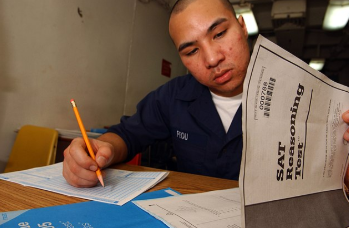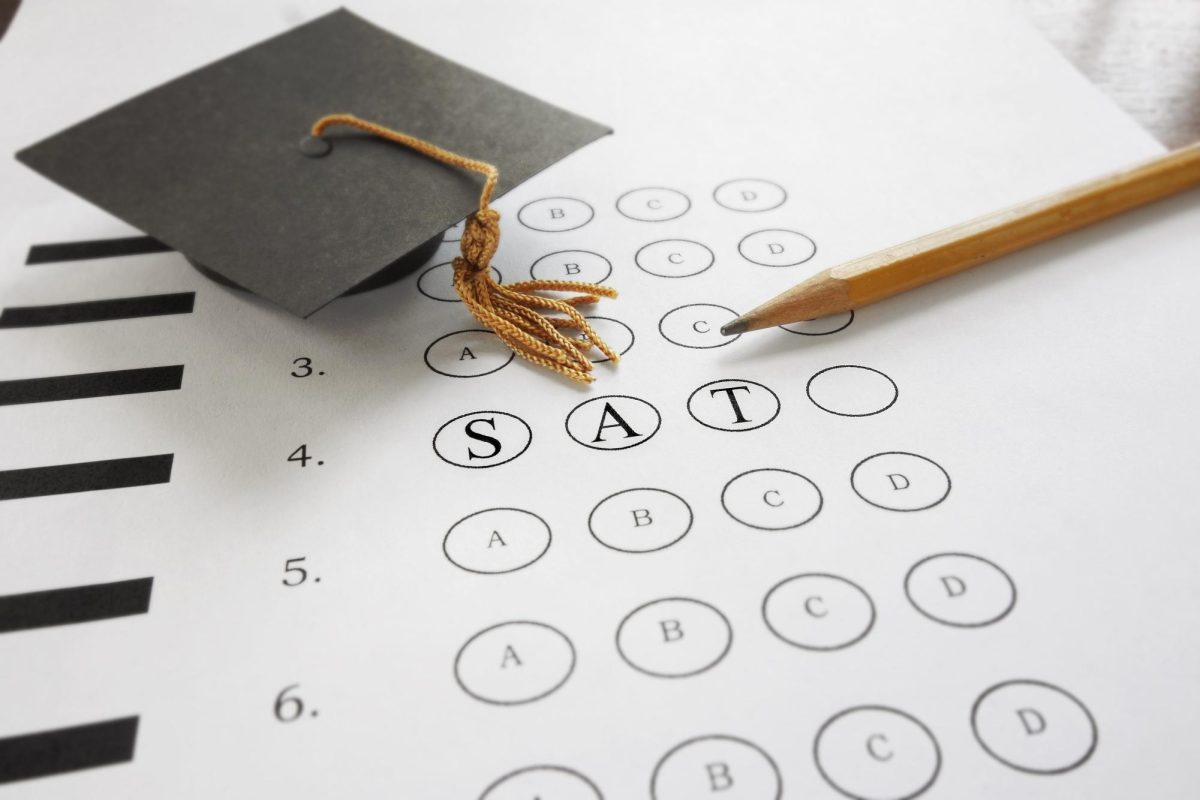
By the time most Americans hit fourth grade, they have already taken their first standardized test. MCAS, MCA-II, MCT, the Keystone Exam, and many more types of standardized tests are taken around the states every year. The reason why these tests are so widespread and often mandatory is largely due to the passing of the No Child Left Behind Act and the subsequent passing of the Every Student Succeeds Act. Before the 2000s there was little regulation between schools. Every state and even every county, has different requirements and different curriculums being taught. There was no Common Core Curriculum to follow or federally required standard of teaching. NCLB changed that. As of 2001, and for the first time in United States history, schools’ requirement to report how well they were preparing their kids for the future and standardized testing became mandatory. But this level of accountability left schools ‘failing’ and getting ‘corrective action’ from the federal government. The Every Student Succeeds Act broke down this part of NCLB and improved the act’s function so that accountability for schools was more equitable. But ESSA didn’t take away standardized testing. In fact, as of this year, more and more high school students are taking standardized tests in hopes of college success.
Administered for the first time in 1926, the SAT is almost a century old. Throughout its existence, the SAT has been used as a tool for colleges and universities to choose applicants to commit to their school. Among the various reasons for test requirements, many colleges and universities cite standardizing GPA, seeing college readiness, and learning guides. Standardized tests like the SAT show schools a student’s success in math and ELA in a format that makes all students equal. This equality looks at a student beyond the courses they take and the grades they earn in school. It shows the difference between two students that earn the same grades, but might not necessarily be absorbing the information the same. From these test scores colleges can easily see if a student is properly prepared for the course work they will be taking. But equal is not equitable. Many students in underprivileged schools do not have access to the material and guidance needed to do well on the SAT. Not to mention the difficulties that neurodivergent people, diagnosed and undiagnosed, face when taking a standardized test. The SAT is one moment in a students life and a students ability to do good on it has thousands of factors.
When thinking about standardized testing, one also has to consider the time and energy that goes into it. Teachers across the nation often have to ‘teach to the test’ because standardized testing and good SAT scores are becoming requirements to get into prestigious schools. Teachers want their students to do well. And doing well now means scoring well. This is causing a loss of instructional time that could go to deepening students’ real world skills and creating growing pressure on students. In the wake of COVID-19, most schools went test-optional, a policy that would not require students to submit test scores. The reasoning behind this decision included lack of ability to physically go and take the SAT (or ACT) and many colleges trying to make their admission process more equitable for all students. As of 2025/2026 admission cycle however, some schools have decided to reinstate their testing policies. In other words, the SAT is back! Schools like MIT and Yale have stated that test scores are back to help them look at student preparedness, help disadvantaged students, and predict student success on their campus. But SAT scores also unofficially decrease student applications, as less people think they are cut out to apply, and help with school ranking, as more top scorers apply to top universities.
And with all this in mind, we are left with a question: is this really fair? As mentioned previously, the SAT, or any standardized test for that matter, is one moment in a student’s career. Bad mornings, late nights, and testing anxiety happen. Undiagnosed, neurodivergence, lack of testing centers, and simply being bad at test taking are possibilities. Basing a student’s whole future on one day of their lives isn’t fair. Low scores should not disqualify students that showcase a strong drive and passion for higher education. If SAT scores are to be considered, colleges should also consider the applicant’s high school’s performance within their state and the country, extracurricular and other obligations in a heavier lens, and ability based on location and income. All colleges should be looking at students holistically and with equity. Applicants are people. Test scores can be useful, but unnecessary stress and a sole focus on testing in secondary schools is not the way to go. Students are people, not test scores.
If you’re interested in specific schools that have gone back to standardized testing and why, along with some more specific history of standardized testing, feel free to look at these articles!!
https://fordhaminstitute.org/national/commentary/case-standardized-testing














